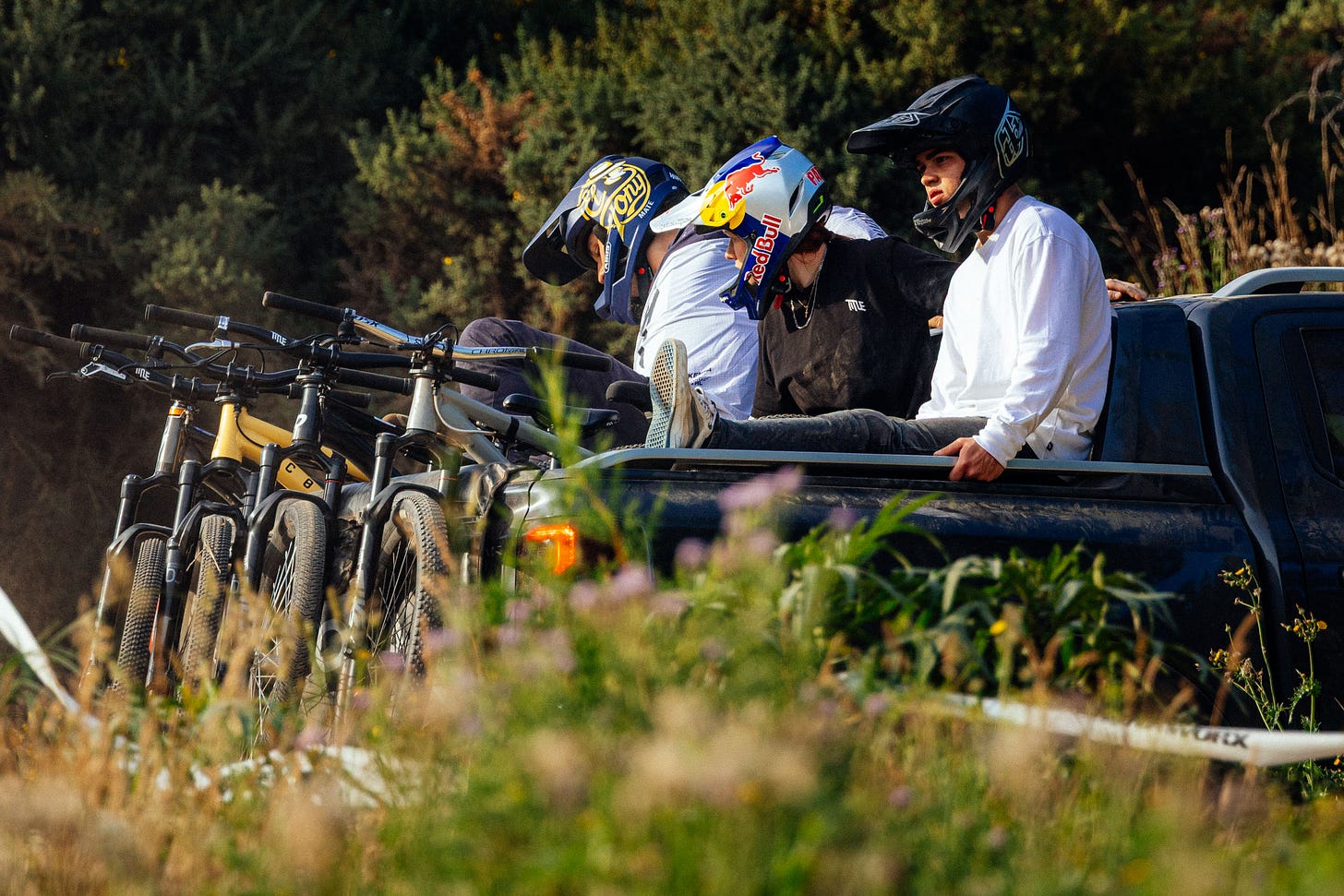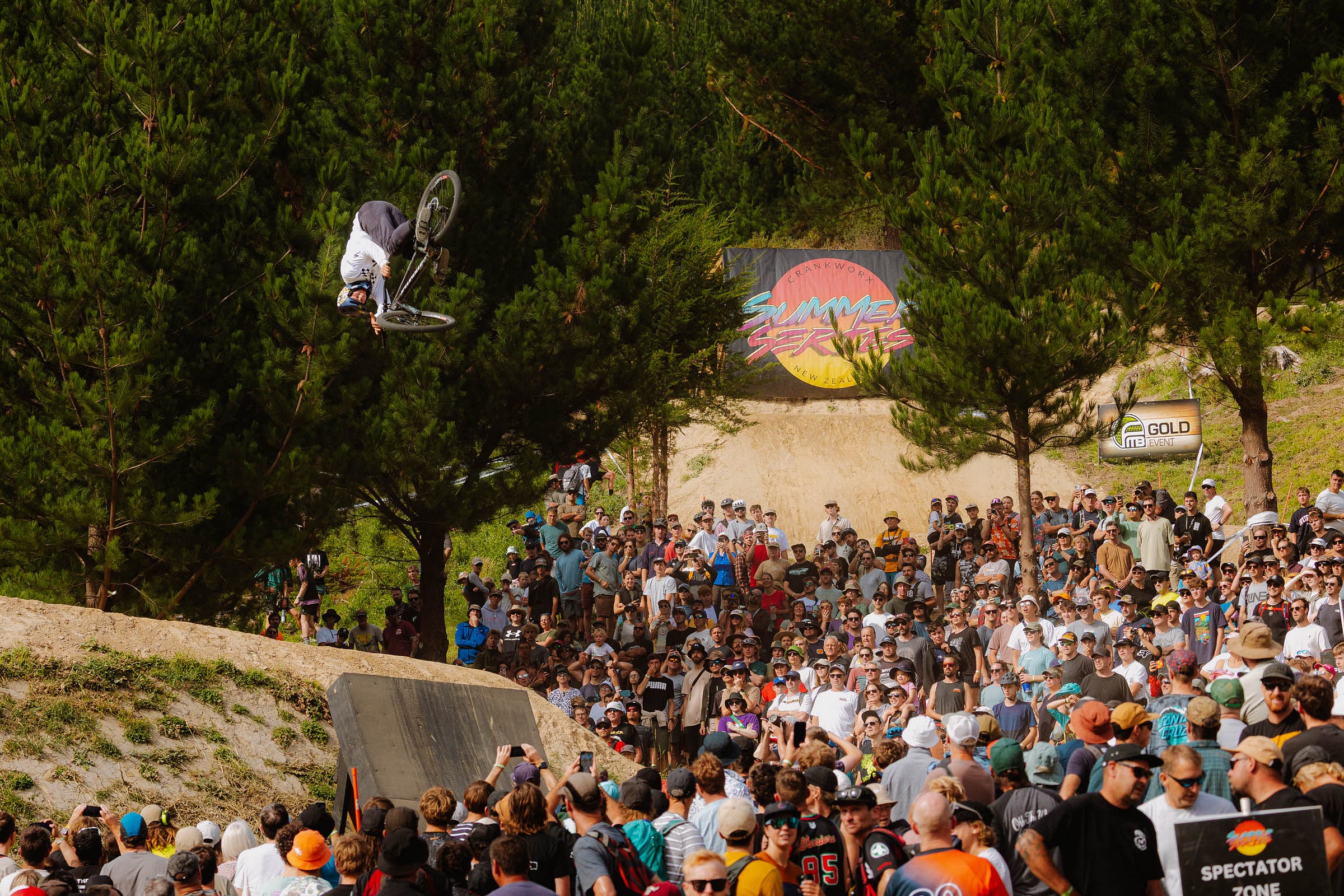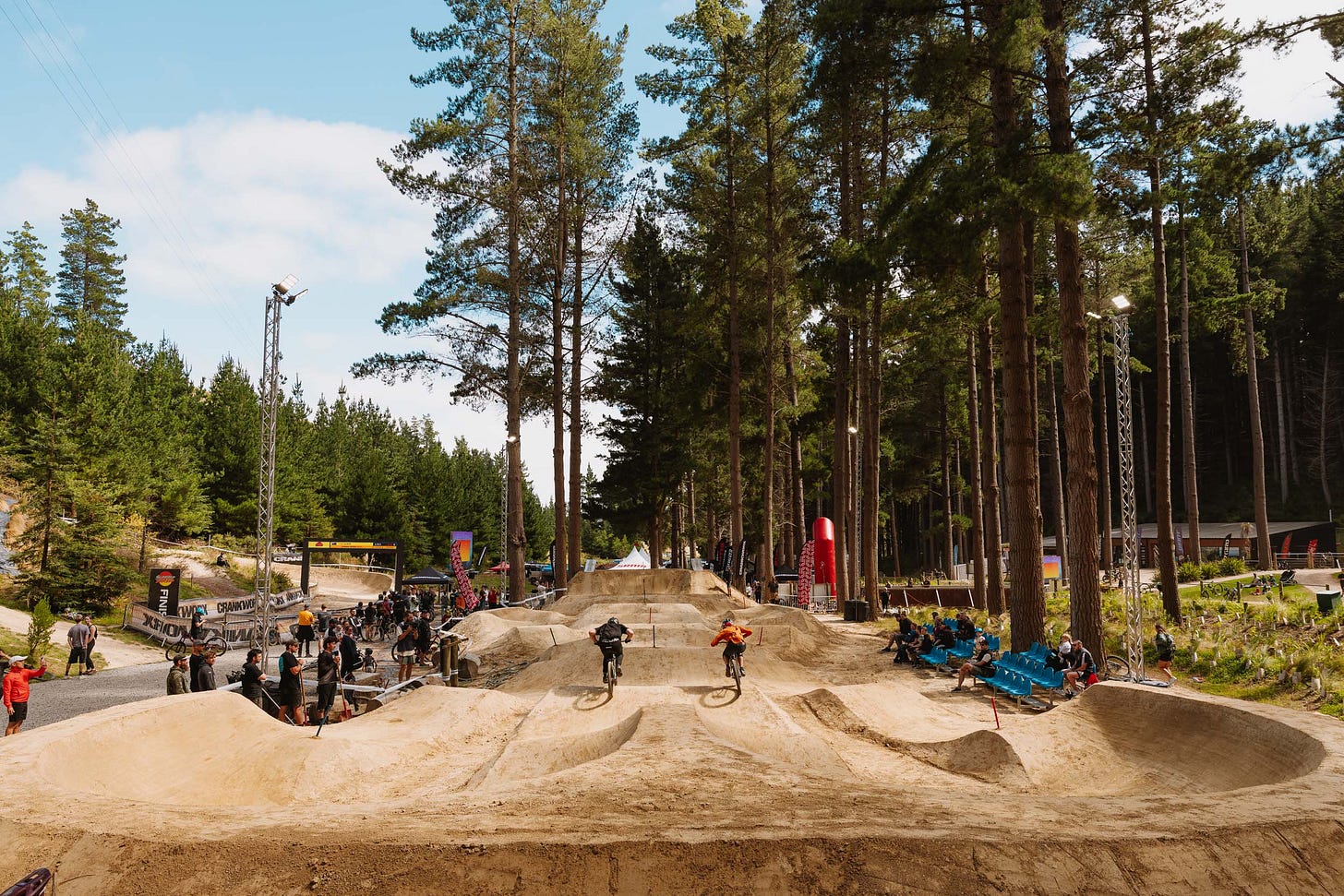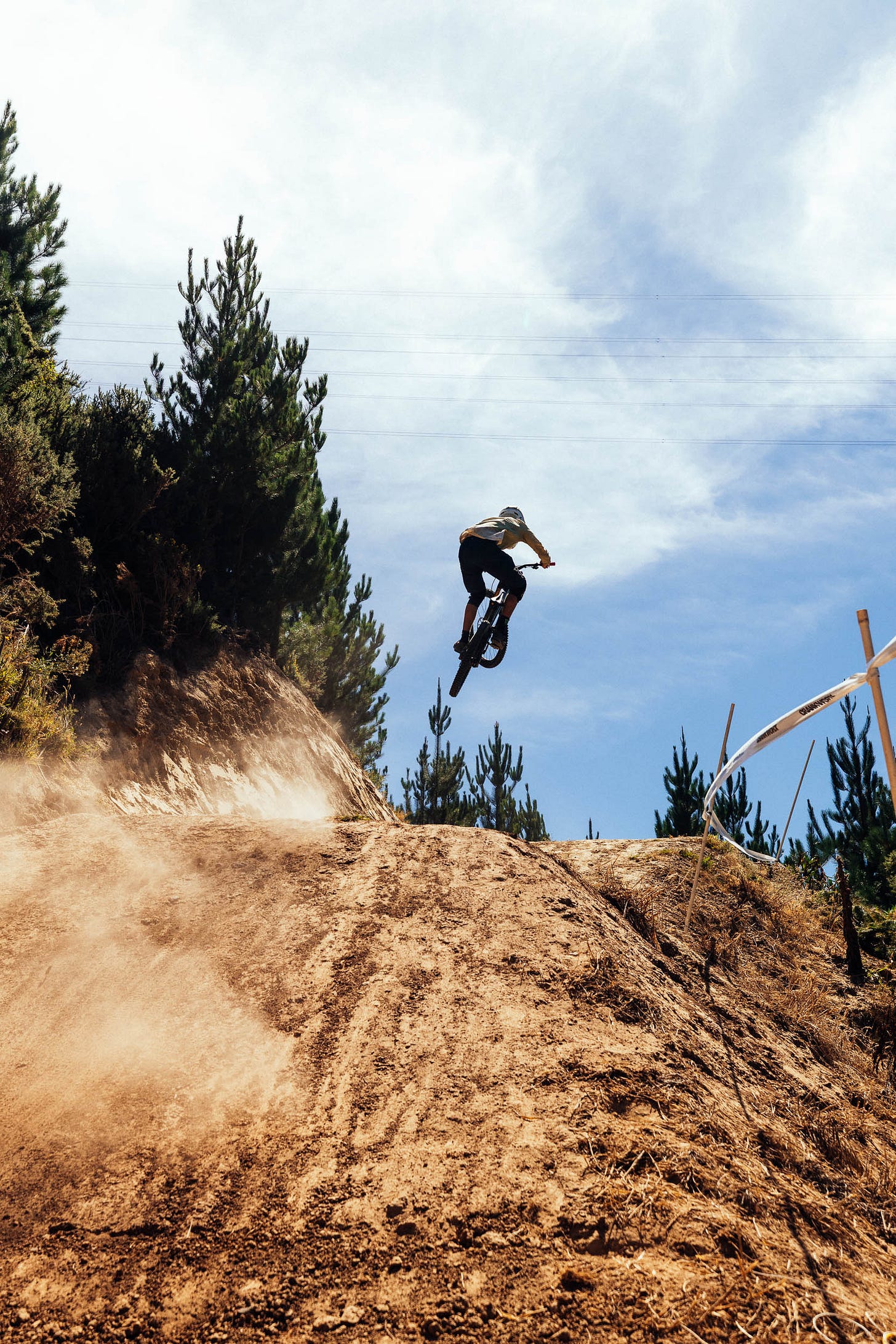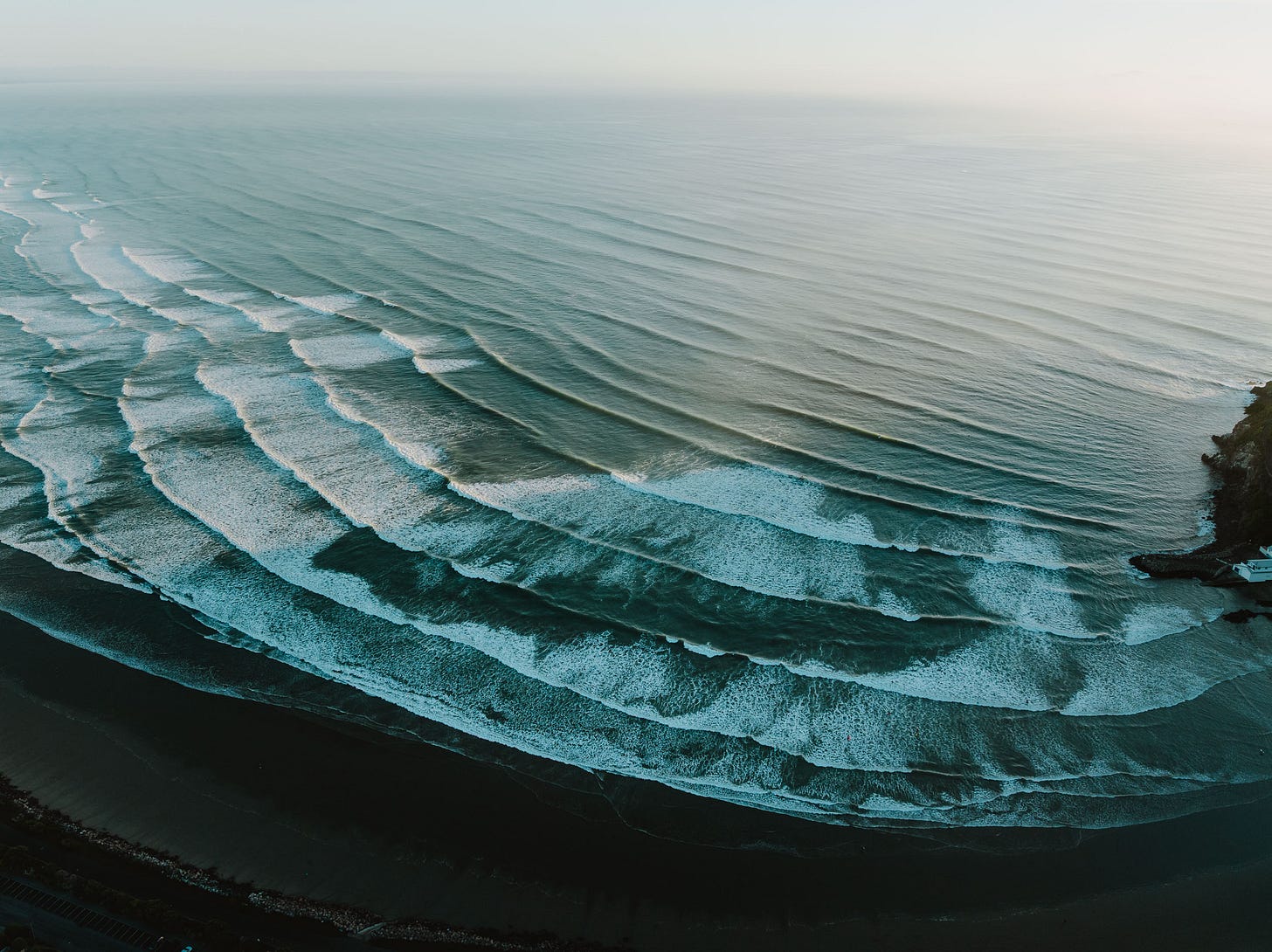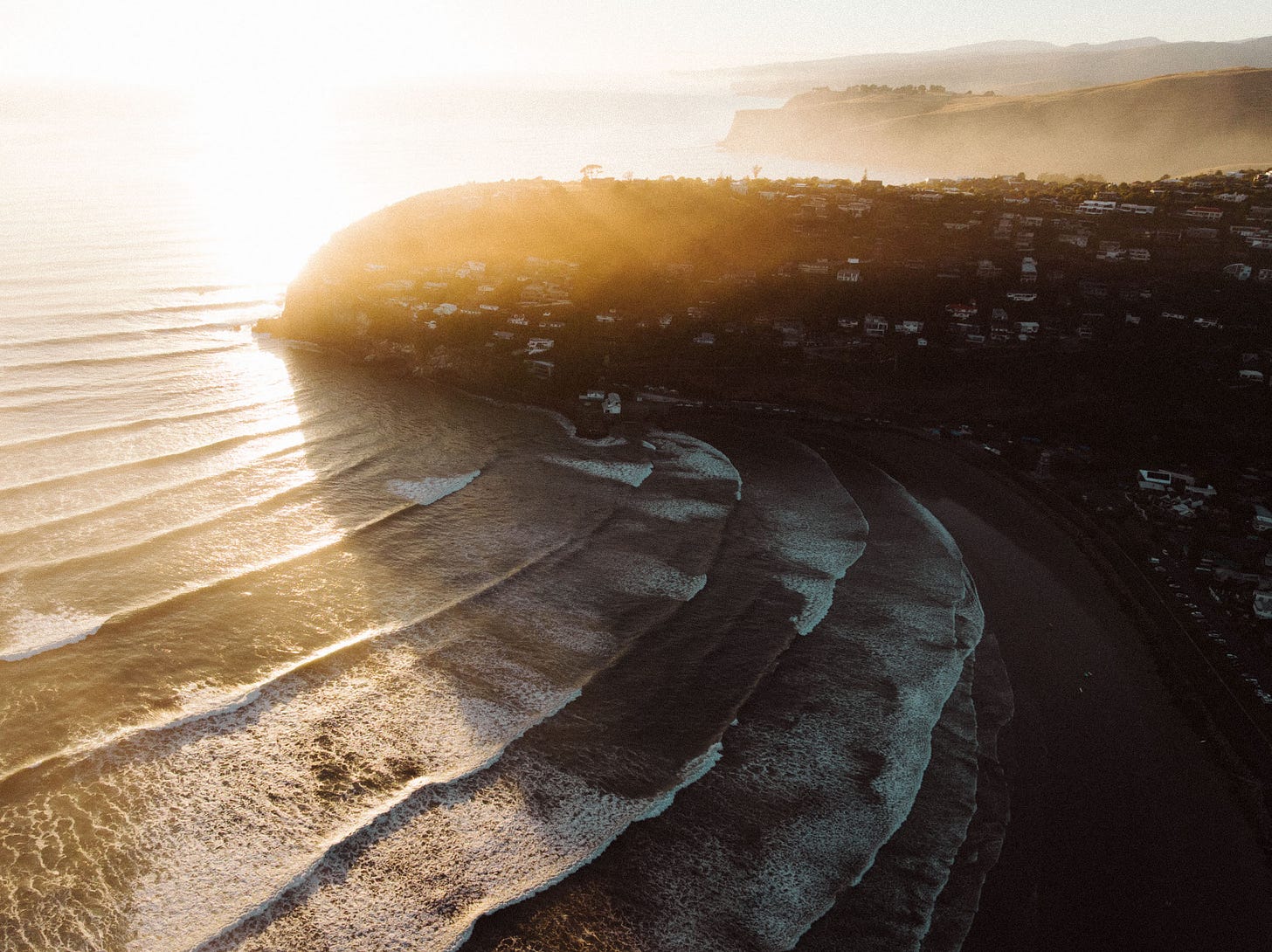#17 What I learnt from Photographing a Mountain Bike Festival
How to use your super-power to secure a project without any prior experience.
Issue #17 features a photoset from a recent stop on the Crankworx Summer Series—a world-class mountain biking event that brings together top riders across multiple disciplines. As an outsider to the sport, I approached it with fresh eyes, and I’m sharing what I learned, along with a few notes on how you can land projects outside your usual niche. I was a real novice, and I used this to my advantage.
Reaching out to a new industry can feel daunting—the fear of not knowing the right jargon or not putting your best foot forward is real. But at the core, it’s no different from any other project you’ve taken on. It all comes down to building a genuine connection with the person at the other end. With that in mind, here are some tips to help you make the most of the opportunity..
Here are 5 tips for getting your next project without any prior experience.
Pitch the idea by reframing your value: Instead of focusing on being the expert bike nerd, focus on the value you bring to the situation as an interested outsider.
90% of applications they receive come from industry experts. Focus on the difference.
Acknowledge your limitations - This is your difference: Now that you’ve won the project by reframing your value, stay on task! It’s easy to get lost in the moment and default off. Make a note of 2-3 limitations and use them to stay on track. This is what you sold the project on.
Use the practice days to get yourself up to speed with the industry. In the likes of action sports, most industries will have a set up/practice day(s). This is your opportunity to get the lay of the land and the ins and outs. Everything happens a lot slower, so be patient. The days will be long.
Ask questions/Listen: Don't be afraid to ask questions to learn and gain a better understanding. An old business/sales trick: Listen more than you speak. People talk a lot these days, and you can get stacks of insight without saying too much. Interest and intrigue are your friend in these situations, too.
Make friends: This sounds easy, but it can be harder than it looks. As much as you're open to learning, the pros also have a job to do. Hired by teams or athletes to get the serious stuff. If you stick around and are curious, who knows, you might make some connections. Again, practice days are the prime time connect; nothing is too serious just yet.


Bonus Tip: Chances are, you pursued this project for a personal reason—whether it’s filling a gap in your portfolio, exploring an interest, or making industry connections. Keep that motivation front and center. By staying true to why you started and leaning into your unique perspective, you’ll walk away with a body of work you’re genuinely proud of.
The Gear I Used
Body’s: Canon R5 + Canon R5 MK2
Most used lens: Canon RF 100-500.
Additional: Canon RF 24-70 (I found this not as versatile as the tele)
Pro tip:
With downhill, come finals day, the riders are trying to achieve the fastest time possible from top to bottom. With that in mind, big air, jumps, whips, etc are best photographed during practice. Race day is about being crisp, fast and as low to the ground as possible. Nothing fancy; it's just the quickest way to the bottom.
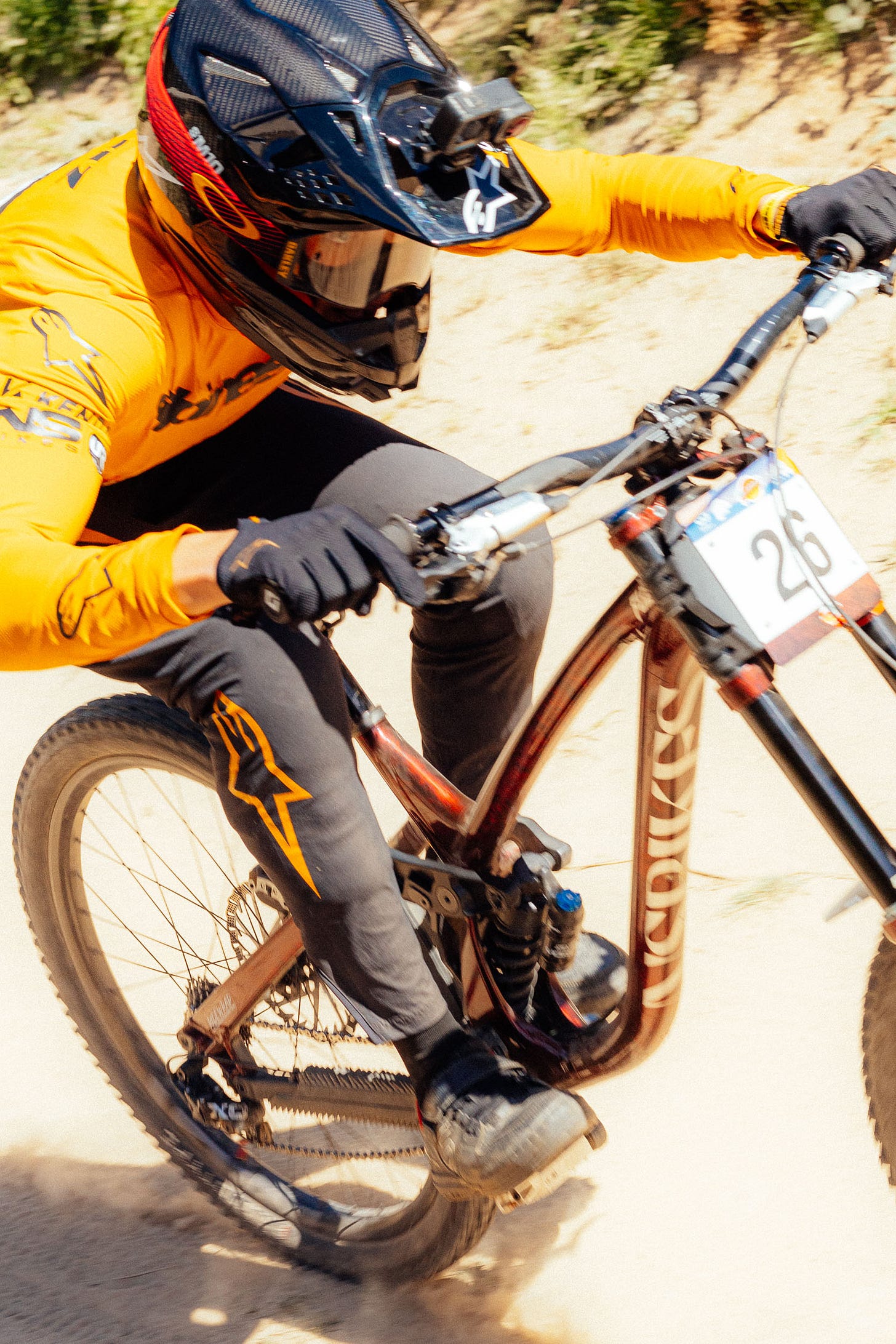
I hope the tips gave some small learnings and encouragement to go after the projects that may be outside of your industry or skillset. Let me know if you found any of them useful, if you need me to elaborate further, or better still, if you have any of your own. Comment below; I’d love to hear them.
The full photoset will be available on the website from 23rd March.
From a recent post.
The first day of autumn in the southern hemisphere often marks a sudden and quick change into the cooler months. I’ll leave you with a few photos from an iconic surf break in New Zealand’s south.



